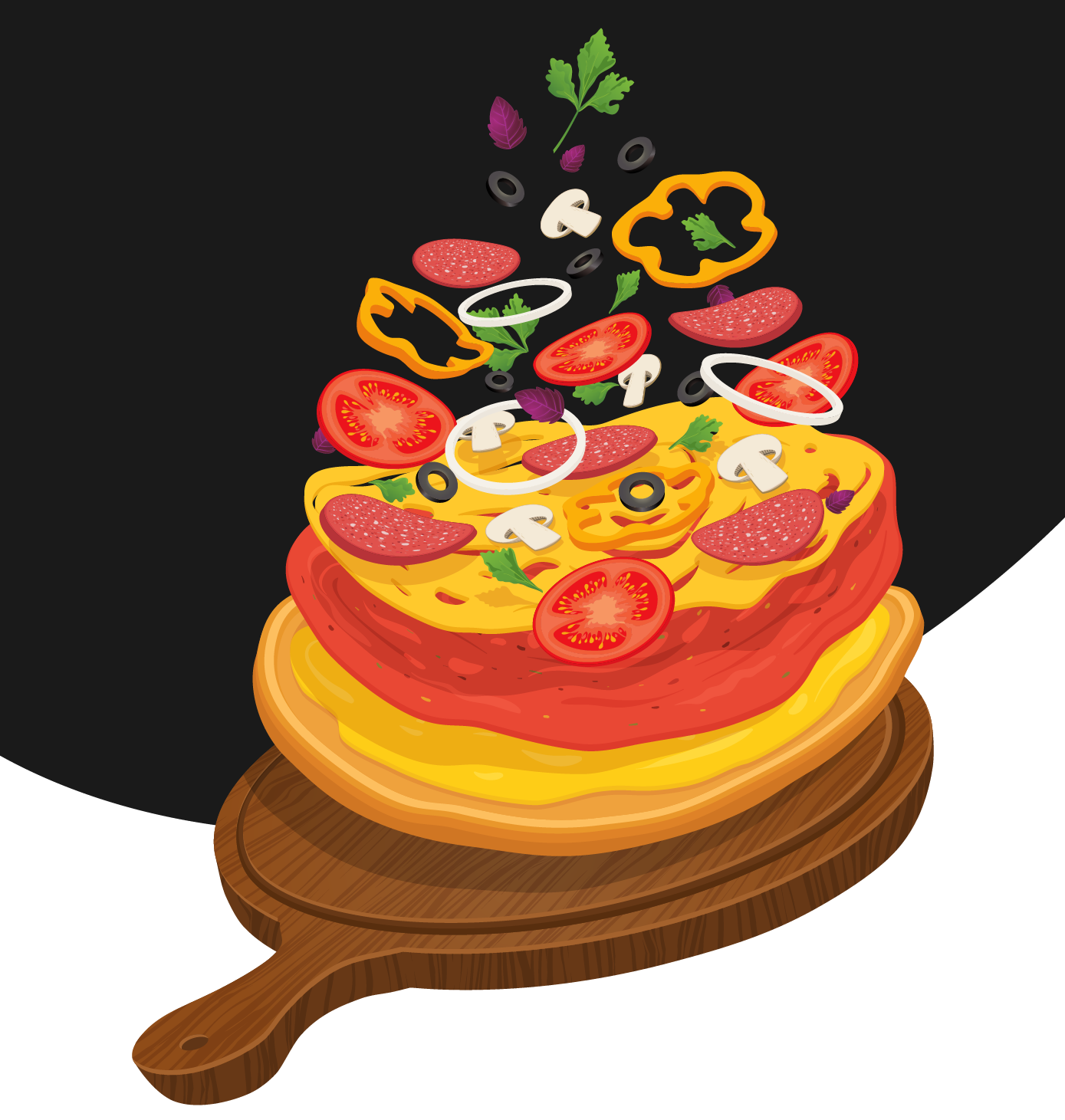What Order Should You Add Your Pizza Toppings?

Everyone knows the classic pizza arrangement of crust, sauce, cheese, and then toppings—but why exactly is this order the standard, and when can you mix things up?
While you can arrange your pizza any way you’d like, especially with the right pizza oven, the classic pizza arrangement is still a classic for a reason: In most cases, toppings need the most cooking and direct heat, while sauce and cheese only need just enough heat to warm them through. As a result, the classic order of “toppings on top” ensures that every ingredient gets just the right amount of heat.
There are some variations to this, of course: Chicago’s “deep dish” pizza, for example, reverses the order by covering thick layers of sausage and cheese with a final topping of sauce before baking. While this arrangement makes for a uniquely decadent pizza, it won’t result in the crispy, crunchy Neapolitan-style pizza that everyone loves.
While sauce and cheese should almost always go on the bottom, it’s typically the toppings themselves that require the most attention. No matter how many layers your pizza has, the top-most layer will receive the most heat. As a result, the general rule is to give the toppings that need the most cooking and browning—such as raw meat or vegetables—the most surface area on top of the pizza.
It’s also a good idea to keep cheese, sauce, and other “melty” ingredients below the uppermost layer of toppings since they might otherwise prevent other ingredients from cooking through completely. To further guarantee the best homemade pizza, check out the infographic below or visit Fontana Forni to discover a range of outdoor pizza ovens for every budget.




